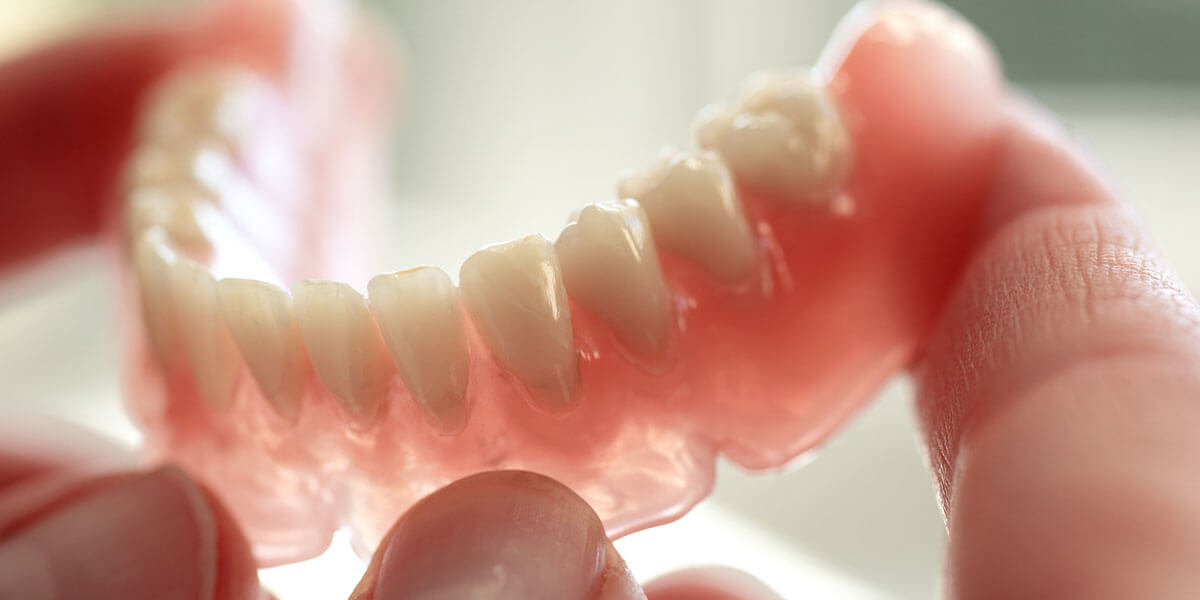Soft Denture Liners in New York

What is a soft liner and why did your dentist place it in your new denture(s)?
A temporary soft liner is placed in a new or old denture in order to (1) help improve the health of your gum tissues by absorbing some of the pressures of mastication ( acts as a tissue conditioning material ) and (2) helps to determine the maximum retention possible by utilizing undercuts in the bone and gum which hard liners may not be able to negotiate without causing irritation.
Soft liners will spring around these undercuts and allow for greater retention than hard liners might be able to produce in the same mouth. If we find that temporary soft liners provide enhanced retention, we will then be able to determine if we should replace them with a more permanent type of soft liner in the future or whether a hard liner is indicated.
Important Instructions
Temporary soft liners require special care and attention in order for them to produce the desired results. The following suggestions are designed to assist you in the maintenance of your new denture.
- Do not remove the prosthesis from your mouth for the first 24 hours. This is extremely important ! The material that is placed in your denture will stay soft for the first 24 hours and will shape itself to your oral tissues during that first 24 hour period.
- After the first 24 hours, you may remove the denture once every 12 hours for the first two days. At each removal, please rinse the denture with warm water only. Do not use any of the commercially available cleaners. If need be, you can brush the tooth part of the denture (the white teeth) with toothpaste and a soft toothbrush. The soft liner is still very fragile and will tear if subjected to chemical or mechanical cleaning
- During the next week you may remove the denture as often as you like, still keeping in mind that the liner is fragile and must be treated with care. The pink plastic may be brushed gently, try to avoid the soft liner.
- If possible try not to use any denture adhesive, especially during the first 72 hours. We are, once again, trying to ascertain the amount of available retention. Using adhesives will only tend to confuse the issue.
- For the first 24 hours you should try to maintain a softer diet. After that trial period, you should eat as regular a diet as possible so that the soft liner can mold itself to your tissues until normal function.
- We may be replacing this soft liner on a regular basis until 1) the tissues heal adequately or 2) we have determined that the retention for your new denture is maximized. Further instructions will be given to you at that time.
Please be sure to bring your old dentures with you at each recall visit just in case your dentist determines that relining your soft lined denture is required. This would necessitate sending your denture to the laboratory.
If you have any additional questions regarding this treatment process, ask your dentist.
